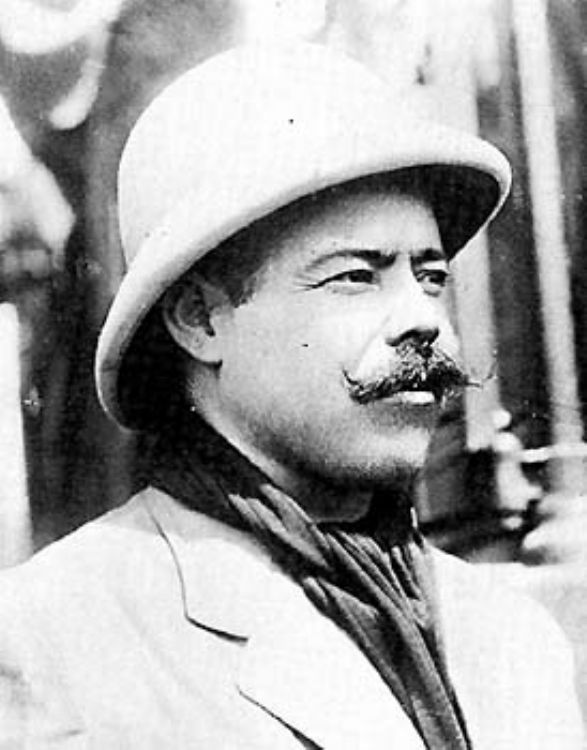Invasions to Mexico II; The French Invasion

The French intervention of Mexico by the army of the Second French Empire is also known as The Franco-Mexican War. This invasion was orchestrated by France, Spain and Great Britain following the announcement of President Benito Juarez, Mexico would suspend all payments to foreign debt. These three countries were Mexicoâs major creditors. Following to signature of the London Treaty in October, agreeing to unite their efforts in order to get their much deserved payment from Mexico, the Spanish, British and French fleets and troops arrived at the Mexican port of Veracruz in January 1862. As soon as the Spanish and British noticed Franceâs intention to conquer Mexico, they withdrew their forces and left on April 24.
The French had a great opportunity for conquering because the United States was fighting its Civil War and thus, unable to intervene. The French army suffered an initial defeat in the Battle of Puebla on May 5, 1862 (still celebrated by Mexicans in the Cinco de Mayo holiday) and eventually defeated Mexican forces with the arrival of more French troops in September. President Benito Juarez fled to Chihuahua when the city of Puebla surrendered to the French in May 1863, establishing a government in exile. French troops entered Mexico City in June 1863, appointing General Almonte as provisional President of Mexico.
Napoleon III of France wanted to form a great empire and stop the expansion of United States. Archduke Ferdinand Maximilian of Habsburg accepted the crown and arrived at Veracruz in May 1864 with his wife, Belgian Princess Carlota, becoming Emperor of Mexico. An intelligent man with a solid education, he followed the progressive liberal ideals in vogue in Europe, this made him lose the sympathy of the Church and some conservatives.
Most Mexicans defended their countryâs sovereignty and supported Juarez as chief of the national government. Napoleon III removed from Mexico the troops that had supported Maximilian, making easier for the liberals to overthrow the invading empire. Generals Ramon Corona and Mariano Escobedo surrounded Maximilian in Queretaro. The emperor surrendered on May 15 and was sentenced to death. Many of the crowned heads of Europe and prominent figures sent telegrams to Mexico pleading for Maximilianâs life to be spared, but Juarez refused to commute the sentence; a statement to the world that Mexico would not tolerate the imposition of foreign powers. He was executed on June 19 at Cerro de las Campanas.
President Juarez returned to power in the capital and the Constitution became the supreme charter again. The president made sure it was fully enforced, including the establishment of civil marriages and prohibiting the participation of the clergy in politics.
The Conservative party came out thoroughly discredited for its alliance with the French, thus the Liberal party went unchallenged during the first years of the Restored Republic. In 1871, Benito Juarez was reelected to another term as president, undermining the constitutional prohibition of reelections. General Porifiro Diaz, a hero of the French war, launched a rebellion against the president and was about to be defeated when Juarez died in office in July 1872. Diaz lost the elections against interim president Sebastián Lerdo de Tejada but launched another revolt in 1876, when Lerdo tried to force a reelection. Diaz then reached the presidency and held it through 1911, when the Revolution erupted against him by Mexicans tired of him repeatedly reelecting himself.
Artículo Producido por el Equipo Editorial Explorando México.
Copyright Explorando México, Todos los Derechos Reservados.
Fotografía tomada de Wikipedia.Org






